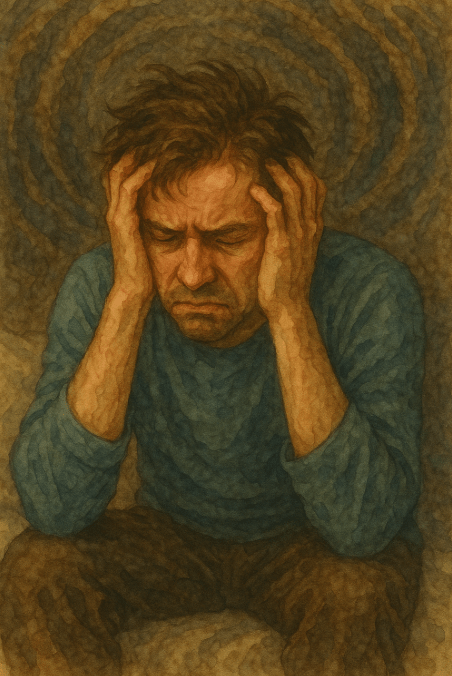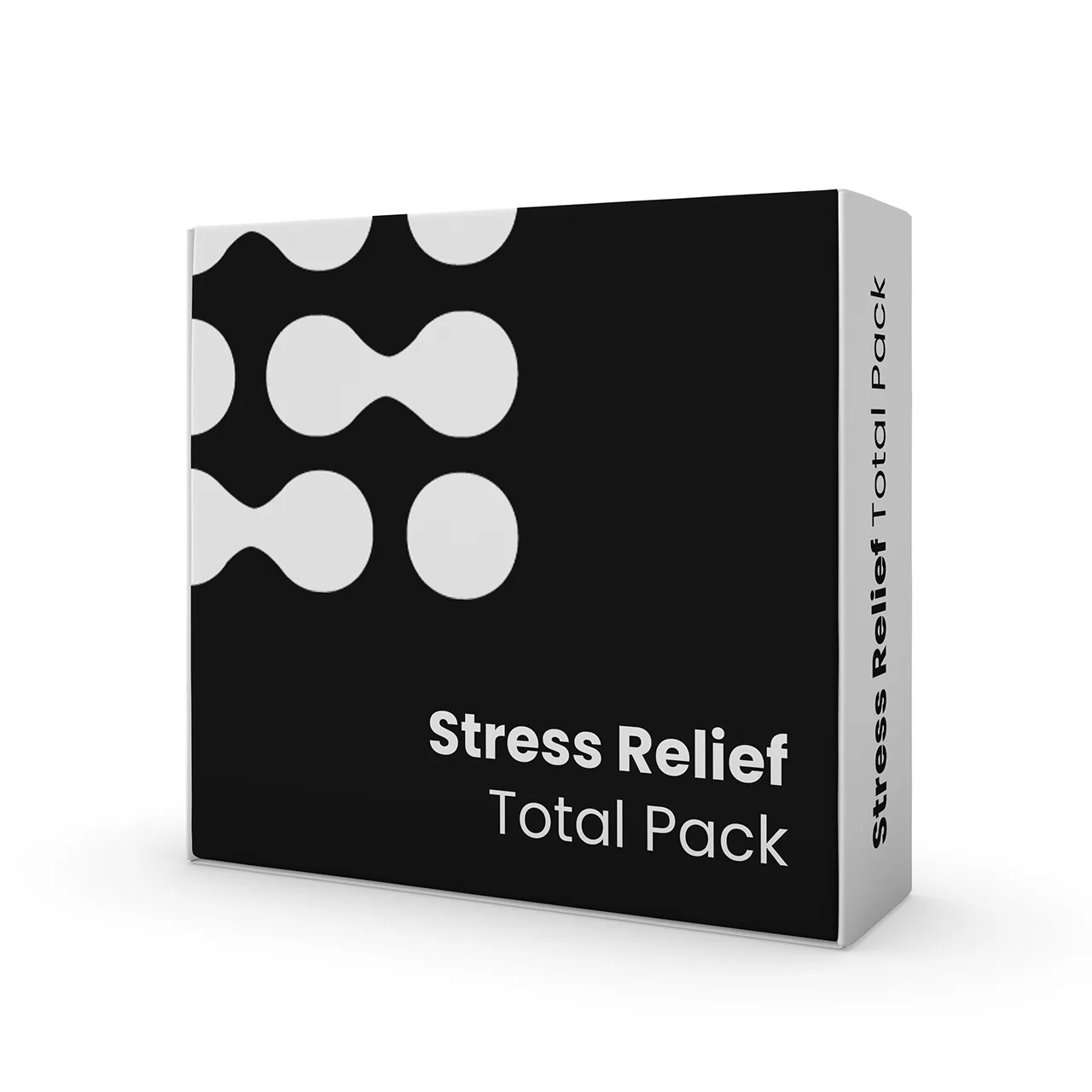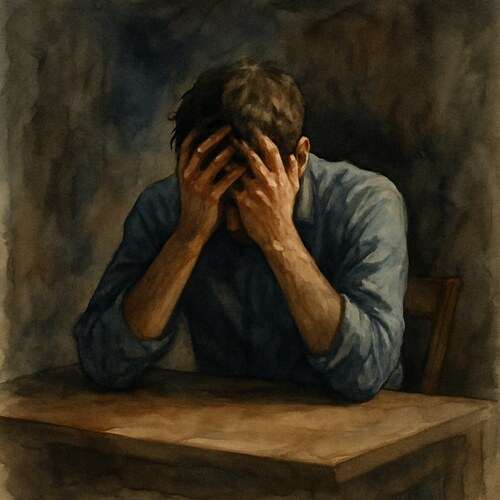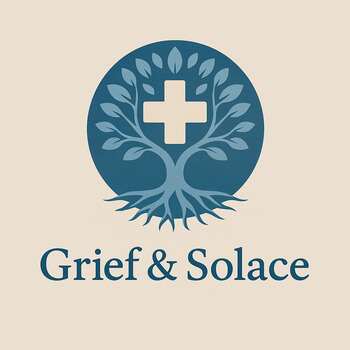Grieving Intrusive Thoughts: Fighting Battles No One Else Can See
Grief with intrusive thoughts is an invisible war, fighting nightmares while awake, and mourning the peace stolen without warning.

This post blends real grief with grounded knowledge. It isn’t clinical. It isn’t distant. It’s meant to sit beside you—not above you. The story you’ll read is meant to reflect what so many feel when living through or witnessing this condition: confusion, exhaustion, and quiet forms of courage.
If what you read feels familiar, please speak with your doctor. Your pain deserves more than silence.
He Smiled for the World and Screamed Inside His Own Mind
No one noticed. Not even once.
Not at the birthday party. Not at the meeting. Not when he cradled the baby, passed the communion plate, or made a joke about the traffic.
He smiled. He always smiled. Even when his mind whispered horrors he couldn’t voice.
It wasn’t the voices, not like that. Just thoughts. Fast, sharp, impossible thoughts. What if I hurt her? What if I scream during the funeral? What if I jump? What if I snap? What if I lose control?
He never wanted to. That was the worst part.
Risk Factors:
History of anxiety or obsessive-compulsive disorder
Recent childbirth (linked to postpartum intrusive thoughts)
High levels of stress or chronic mental strain
Traumatic life experiences
Brain injury or neurological disease
🧠 Symptoms:
Sudden, distressing, or repetitive thoughts
Themes may involve violence, sex, contamination, self-doubt, or death
Thoughts often conflict with personal values and cause shame or fear
May trigger compulsive behaviors (e.g., repeated checking, reassurance seeking)
Difficulty focusing due to recurring thought loops
Fear that the thoughts imply dangerous intent (though rarely acted on)
Avoidance of triggers (e.g., parenting fears, religious guilt, harm avoidance)
🧠 Types:
Violent or aggressive imagery (hurting self or others)
Sexual thoughts that feel inappropriate or unwanted
Contamination fears (germs, bodily fluids, public surfaces)
Religious or moral anxiety (blasphemous thoughts, “sinful” fears)
Death-related or suicidal imagery
Fear of public humiliation or inappropriate behavior
Post-trauma flashbacks or sensory intrusions
“Junk” thoughts—random or bizarre ideas without context
The thoughts were not fantasies; they were invasions. Unwelcome. Unchosen. And each time they appeared, they stole something from him…his peace, his confidence, his sense of safety in his own mind.
He once googled it and found the term: Intrusive Thoughts. They claimed it was common. Said everyone experiences them. But the articles didn’t capture the shame. They didn’t explain how it feels to navigate the day, terrified that you’re one impulse away from becoming a monster.
He fought against them. Tried to push them away. Tried to drown them in noise, in Netflix, in alcohol, in prayer. But the more he resisted, the louder they became.
He began counting things, touching doorknobs twice, re-reading messages to ensure he hadn’t accidentally revealed anything terrible, checking the stove even when he hadn’t cooked
Complications:
Severe anxiety or panic attacks
Compulsive behaviors (checking, cleaning, seeking reassurance)
Avoidance of certain people, places, or activities
Depression, hopelessness, or suicidal ideation
Isolation due to shame or fear of judgment
Causes:
Stress or major life changes
Sleep deprivation or burnout
Postpartum shifts (perinatal OCD or depression)
Past trauma or PTSD
Mental health conditions: OCD, anxiety, depression, bipolar disorder
Neurological conditions (TBI, Parkinson’s, dementia, epilepsy)
People thought he was organized, disciplined, careful. They didn’t know it was a ritual of containment, that he was constantly engaged in damage control for a war only he could perceive.
Therapy helped, slowly. It was like learning to let the thoughts drift by without ascribing moral weight to them. Like realizing you are not your first reaction. That fear is not prophecy. That a thought is just a thought.
But it took time. Time to admit it. Time to speak it aloud without feeling like he was confessing to a crime. Time to believe he wasn’t broken.
He still smiles, but now it’s different. Now it’s not a facade; now it’s a story of survival.
Because he still encounters bad days. Still faces thoughts he never invited. But now he doesn’t flee from them. He lets them pass and holds space for the part of himself that once believed he was dangerous when all he ever was… was scared.
The thoughts weren’t who he was—they were echoes in a room he didn’t choose to inhabit. And somehow, he remained kind anyway.
📘 Diagnosis & Treatment
diagnosis:
Physical exam to rule out medical or neurological causes
Mental health evaluation (OCD, PTSD, depression screening)
Intrusion-specific assessment (frequency, duration, distress level)
Questions about functional impact, compulsive behaviors, and history
treatment:
Cognitive behavioral therapy:
Exposure and Response Prevention (ERP): gradual exposure to triggers, with no ritual response
Acceptance and Commitment Therapy (ACT): teaches acceptance of thoughts without judgment
Cognitive restructuring: identifies and reframes distorted beliefs
medications:
SSRIs (selective serotonin reuptake inhibitors): fluoxetine, sertraline, paroxetine, etc.
Higher doses often required for OCD-related intrusive thoughts
Considered in combination with therapy for moderate to severe cases
mindfulness and self practices:
Label thoughts as intrusive rather than meaningful
Grounding exercises (5-4-3-2-1 sensory method)
Diaphragmatic breathing and body awareness
Meditation and yoga
Self-compassion and thought acceptance
additional support:
Support groups or therapy for OCD, anxiety, or trauma
Psychiatric evaluation for intrusive thoughts related to psychosis or bipolar disorder
Crisis care if thoughts include suicidal planning or self-harm intent
When to get help:
Thoughts interfere with daily life, work, or relationships
You perform rituals or compulsions to “cancel out” thoughts
You feel guilt, fear, or shame that doesn’t go away
You think you might act on violent or suicidal thoughts (seek emergency care immediately)
I know this is heavy, and I understand that the road ahead may feel like a tangle of loss and unanswered questions. But please hear this: you are not broken because you are hurting; you are not weak because you are afraid. You are living through something real, and survival itself is a kind of grace. You are allowed to struggle, you are allowed to hope, and you are allowed to not have all the answers today. Whatever comes next, you do not face it empty-handed; you carry every moment of love that shaped you, and that will always be enough to keep going.
🎀 Gifts to help With Intrusive Thoughts
🏥 Everyday Comforts for Everyday Battles
Managing Intrusive Thoughts often means needing a little extra help.
Sometimes it’s about restoring dignity, ease, or simply getting through the day with less pain.
These carefully chosen tools aren’t just items; they’re small bridges back to living.
This section is about finding practical support, never shame.
Distraction & Redirection Journal – A Place to Ground When the Thoughts Spiral
Intrusive thoughts can trap you in mental loops that feel impossible to break. This redirection journal is designed to interrupt that cycle—using structured prompts, grounding techniques, and emotion tracking to re-route attention and regain control. It’s not therapy. But it’s a tangible place to go when your own mind won’t give you peace.
🌿 Paths to Healing Beyond the Map
Sometimes traditional medicine isn’t enough.
If you’re exploring gentle, alternative options to help with Intrusive Thoughts,
you might find comfort in plant-based compounds like **CBD or CBG**.
*This section is not medical advice, just a door left open.*
USA Medical Stress Relief Total Pack – Nervous System Support When the Mind Turns Against You
Intrusive thoughts thrive on stress, sleep loss, and emotional overload. This Total Pack offers CBD, calming adaptogens, and mood support to help lower the volume inside and reduce reactivity to obsessive cycles. It won’t stop the thought from arriving—but it can help stop it from staying.
Need a Different Path Forward?
Every journey through grief looks different. Choose the next step that speaks to where you are now:
When You're Ready to Start Healing
Healing doesn’t mean forgetting.
It means finding small ways to carry your grief with strength and grace.
These are the stories, tools, and gentle steps to begin walking forward…at your own pace.
When You're Still in the Thick of It
Sometimes healing feels like a lie.
If you’re not ready to move on…if the pain still roars louder than the world wants to hear…this is the place where you’re allowed to feel it.
No sugarcoating. No pretending. Just truth.
When You're Holding on to Who’s Still Here
Grief reminds us to love louder.
If someone you love is still with you, this is your place to celebrate them, honor them, and create new memories while there’s still time.
Joy and sorrow can live side by side.






